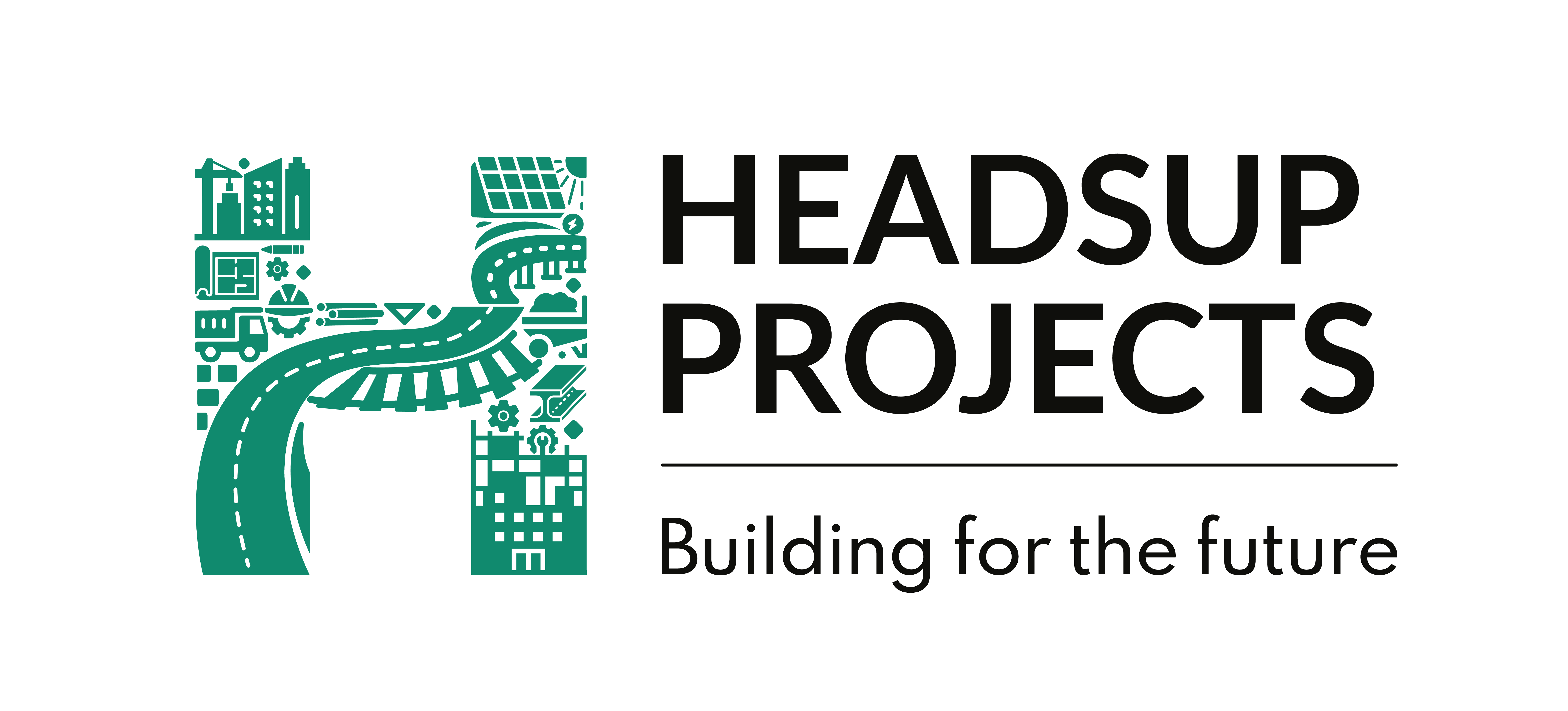Background verifications are now no longer done by employers only. The candidates also do their due diligence before taking their final decision of joining a new firm. While reading reviews on platforms like Glassdoor and Ambition Box is one way they check about an employer, reaching out to ex-employees is a new popular thing. It’s time for companies to pull up their socks and not lose focus from creating a good employee experience across the employee lifecycle.

The common mistakes most companies make is they focus only on creating a great candidate experience to attract high potentials and a good pool of talent. A rosy picture for the candidates is created to lure them to the company. But once they are on board, not much is done for them to keep a consistent momentum of the experience created at the beginning. As a result, the attrition rate rises and businesses add more costs, while their employer brand diminishes. Eventually, their ability to attract talent will also get negatively impacted, when they fail the test of background verification done by candidates.
Here’s how you can avoid this talent apocalypse altogether:
1. An effective employee value proposition (EVP)
To put it simply: An employer value proposition is what gives current and future employees clear reasons to make a choice to stay with an employer. It encompasses everything from values and culture of the company to the employee benefits of its offers. Most popularly, EVP is described as how your brand is perceived by your employees. A great deal of research, rigorous interviews and in-depth analysis goes into identifying and creating the employee value proposition that works for you.
The business leaders and HR teams should put time and effort in identifying what their potential candidates, existing employees, and previous employees are looking for in a job and what makes them stick around in a company. If the entire process is too complex for the internal teams, as they already have too much on their plate, they can outsource a team of experts to help them with the entire process.
Once business leaders and HR teams have a clear understanding of the employee expectations they are able to stitch together more relevant talent solutions for them and create a good employee experience.

2. Revisiting the most underrated tool: Exit Process
Employees leave for many reasons. Some leave at an early stage, either their expectations didn’t match reality or they are still figuring out what they want. Some leave after spending a good time at your firm, as now newer opportunities await them. Based on our experience, most people leave organizations because they either had an unpleasant experience or a series of unpleasant experiences or they felt they weren’t being heard. In the case of the millennial generation, most often people left because of lack of career development. As you read the reasons, don’t you think they are easily controllable? But if only, business leaders were actually aware of these reasons. Either due to lack of time or due to lack of interest, businesses miss the most critical moment of truth in the entire employee lifecycle: The exit or separation. They forget to have a constructive dialogue with the leaving employees to either control their exit or at least to gather all the insights that can reduce the upcoming exits. Taking the exit process lightly is the biggest mistake most business leaders and HR managers make.

Before it is too late, take control of your employee value proposition and start taking the exit interviews seriously. If you need more guidance to know more about them and learn how to implement, reach out to our team of experts.








